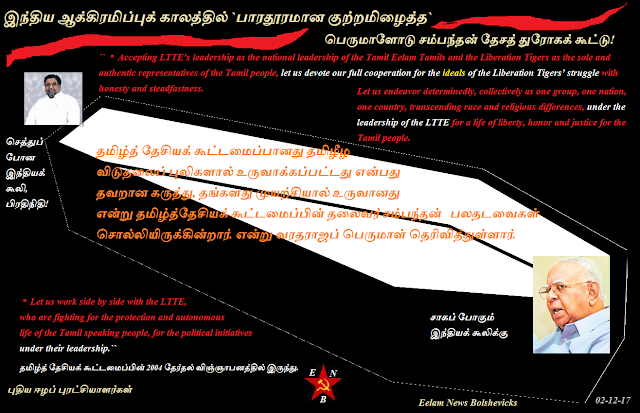Self-Employment Loan scheme Banks fight shy Only fraction of ex-LTTE cadres benefit
By
2017-12-03
By Sulochana Ramiah Mohan
Only a tiny fraction of the money allocated as Self-employment Loans for the rehabilitated ex-LTTE cadres has been disbursed, Ceylon Today reliably learns.
This newspaper met a large number of these ex-LTTE cadres in the Eastern Province last week. Their inability to obtain a portion of the Rs 524 million to restart their lives was a common lament.
What we heard was that the State banks in the Northern and Eastern Provinces are imposing 'restrictions with concerns' on these ex-LTTE combatants when they approach the banks to obtain the loans that were introduced to them by the Finance Ministry last December.
The loans are mandated to be a maximum of Rs 250,000 at a rate of 4% interest per annum with a repayment period of ten years, with a one-year grace period.
Between 4 December 2016 and 31 September 2017, only 1,494 ex-fighters had received recommendations to obtain the loan, out of which, only 621 received the loan facility, Ceylon Today learns.
Out of a total of 12,185 rehabilitated cadres, 7,858 persons applied for the loans but only 1,799 were declared eligible to obtain the loan.
When the first stage of disbursing the Self-Employment Loans was implemented in 20 June 2012, by the Bank of Ceylon, People's Bank and National Savings Bank, the Government saw a large percentage of defaulters.
The first stage of the loan scheme was disappointment due to the fact there were shortcomings in the selection process, inadequate monitoring, inadequate manpower and lack of awareness among the beneficiaries about the purpose of this scheme.
As a result, the banks are now reluctant to entertain the second loan scheme that was approved by the Cabinet of Ministers on 4 July 2013 to disburse another Rs 525 million.
Late last year, the Ministry of Finance and the Rehabilitation Authority, with the Bank of Ceylon, People's Bank, and Regional Development Bank signed a tripartite agreement to recommence the Self-Employment Loans to the rehabilitated cadres and the socially reintegrated trainees that is now in progress.
The banks are in a quandary over whether the loans could be recovered due to the arrears in the first stage. Banks told Ceylon Today that they also have witnessed some of the ex-cadres being re-arrested by the TID which halts the recovery process.
"Some of them are in prisons, and we don't know how to recover the loans," one bank official said.
By
2017-12-03
By Sulochana Ramiah Mohan
Only a tiny fraction of the money allocated as Self-employment Loans for the rehabilitated ex-LTTE cadres has been disbursed, Ceylon Today reliably learns.
This newspaper met a large number of these ex-LTTE cadres in the Eastern Province last week. Their inability to obtain a portion of the Rs 524 million to restart their lives was a common lament.
What we heard was that the State banks in the Northern and Eastern Provinces are imposing 'restrictions with concerns' on these ex-LTTE combatants when they approach the banks to obtain the loans that were introduced to them by the Finance Ministry last December.
The loans are mandated to be a maximum of Rs 250,000 at a rate of 4% interest per annum with a repayment period of ten years, with a one-year grace period.
Between 4 December 2016 and 31 September 2017, only 1,494 ex-fighters had received recommendations to obtain the loan, out of which, only 621 received the loan facility, Ceylon Today learns.
Out of a total of 12,185 rehabilitated cadres, 7,858 persons applied for the loans but only 1,799 were declared eligible to obtain the loan.
When the first stage of disbursing the Self-Employment Loans was implemented in 20 June 2012, by the Bank of Ceylon, People's Bank and National Savings Bank, the Government saw a large percentage of defaulters.
The first stage of the loan scheme was disappointment due to the fact there were shortcomings in the selection process, inadequate monitoring, inadequate manpower and lack of awareness among the beneficiaries about the purpose of this scheme.
As a result, the banks are now reluctant to entertain the second loan scheme that was approved by the Cabinet of Ministers on 4 July 2013 to disburse another Rs 525 million.
Late last year, the Ministry of Finance and the Rehabilitation Authority, with the Bank of Ceylon, People's Bank, and Regional Development Bank signed a tripartite agreement to recommence the Self-Employment Loans to the rehabilitated cadres and the socially reintegrated trainees that is now in progress.
The banks are in a quandary over whether the loans could be recovered due to the arrears in the first stage. Banks told Ceylon Today that they also have witnessed some of the ex-cadres being re-arrested by the TID which halts the recovery process.
"Some of them are in prisons, and we don't know how to recover the loans," one bank official said.



















